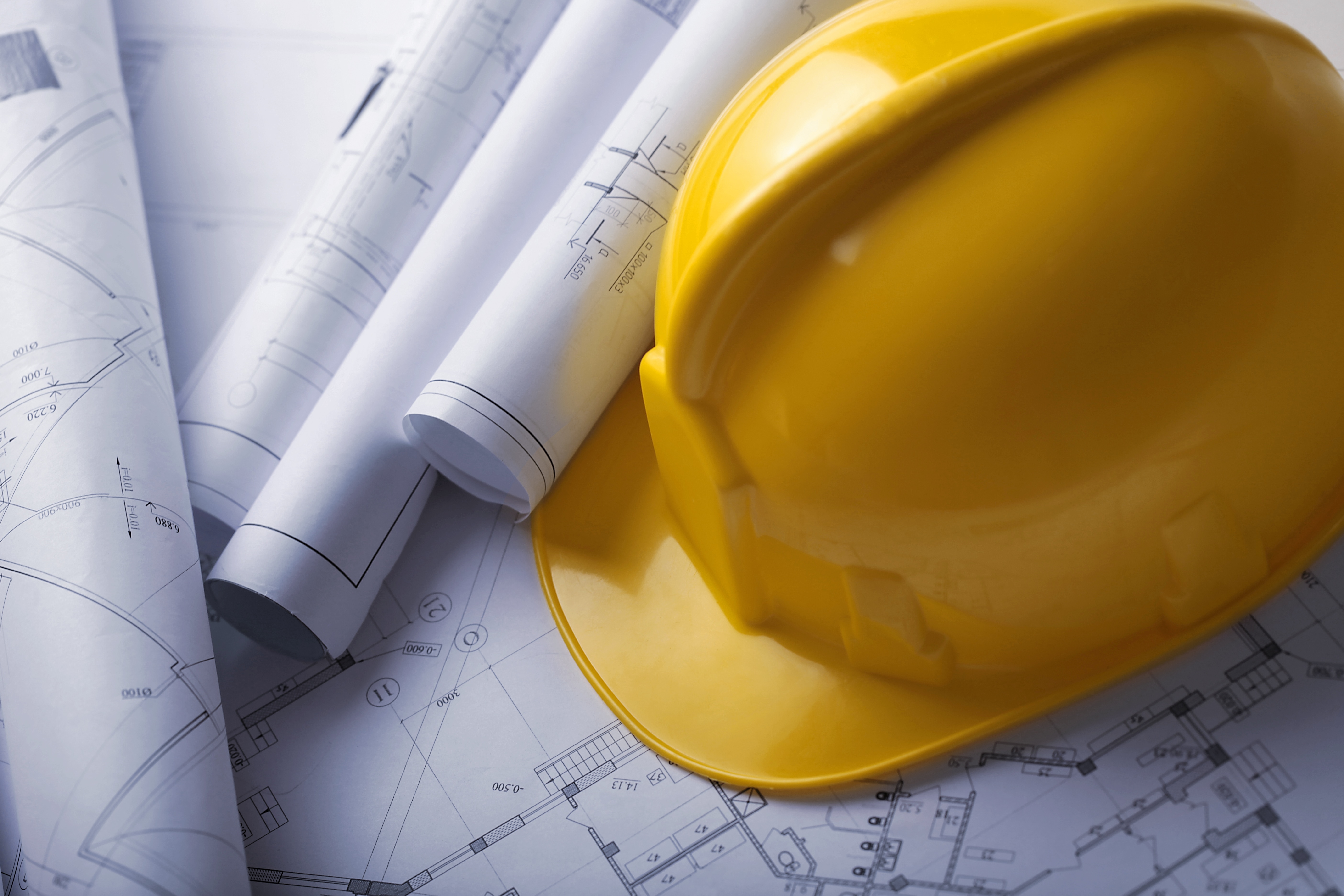Communication is the key to success in ‘Safety in Design’ processes according to industry expert, John Giles.

Formerly the Chief Engineer of UGL Infrastructure and now a Safety in Design (SiD) consultant for major projects, John says communication and collaboration in the design stage significantly reduces the risks involved in a project.
“On the other hand, think about major accidents that occurred as a result of design failure; the Longford Gas disaster, Challenger space shuttle and the West Gate Bridge collapse.
“Regarding the West Gate Bridge, the intent of the design was not communicated to the construction contractors.
“The issue here clearly was the failure to communicate effectively”, Giles said.
Now a days, engineers have a greater legal obligation to identify hazards in the design process through Australia’s state and territory level Work, Health and Safety (WHS) legislation.
The legislation requires engineers to consider the potential risks involved during the lifecycle of an asset to ensure it is safe to build, use and maintain, and provides the standards and codes of practice engineers need to follow in order to produce safe designs.
“Although risk management heavily features in the WHS legislation, 90% of the processes outlined are actually about communication”, Giles said.
“Designers need to know who to communicate with; including owners, operators, contractors, construction staff; what they are communicating and how to communicate it to get the required outcome.
“Very briefly, the processes outlined in the legislation tells you how to identify the risks involved in a design, how to document this information effectively and who to tell”, Giles said.
Common risk management, or communication tools, include the Construction Hazard Assessment Implication Review (CHAIR), Hazard and Operability Study (HAZOP), Control Hazard and Operability Study (CHAZOP), Failure Mode, Effects and Criticality Analysis (FMECA), and Risk Workshops.
John identifies the use of risk workshops as a major factor in the success of a design / project. They involve stakeholders, including designers, getting together to discuss the functionality requirements and risks involved in specific design and working through issues to reach a solution.
“Risk workshops give everyone the opportunity to talk and hear each other’s concerns. As soon as everyone talks together, everyone is happy”, Giles said.
Whilst facilitating risk workshops over the years, John has observed a change in behaviour in the engineers that attend.
“Engineers that attend risk workshops come out thinking: I’m not just a designer, I have to think about this operator and how they are going to use the asset I am designing”.
The end result of following these processes and utilising the tools is of course increased safety to all those involved in the build and operation or use of an asset.
However, John states there are many other benefits to adopting Safety in Design.
“It is something most people don’t see upfront, but it can reduce construction and maintenance costs, reduce time spent in the design phase, make it easier for all stakeholders involved to do their work, and contribute to projects being delivery on time and within budget”.
John Giles is facilitating a new online short course with Engineering Education Australia focusing on an introduction to Safety in Design and legal obligations under WHS legislation. Visit the website to find out more.